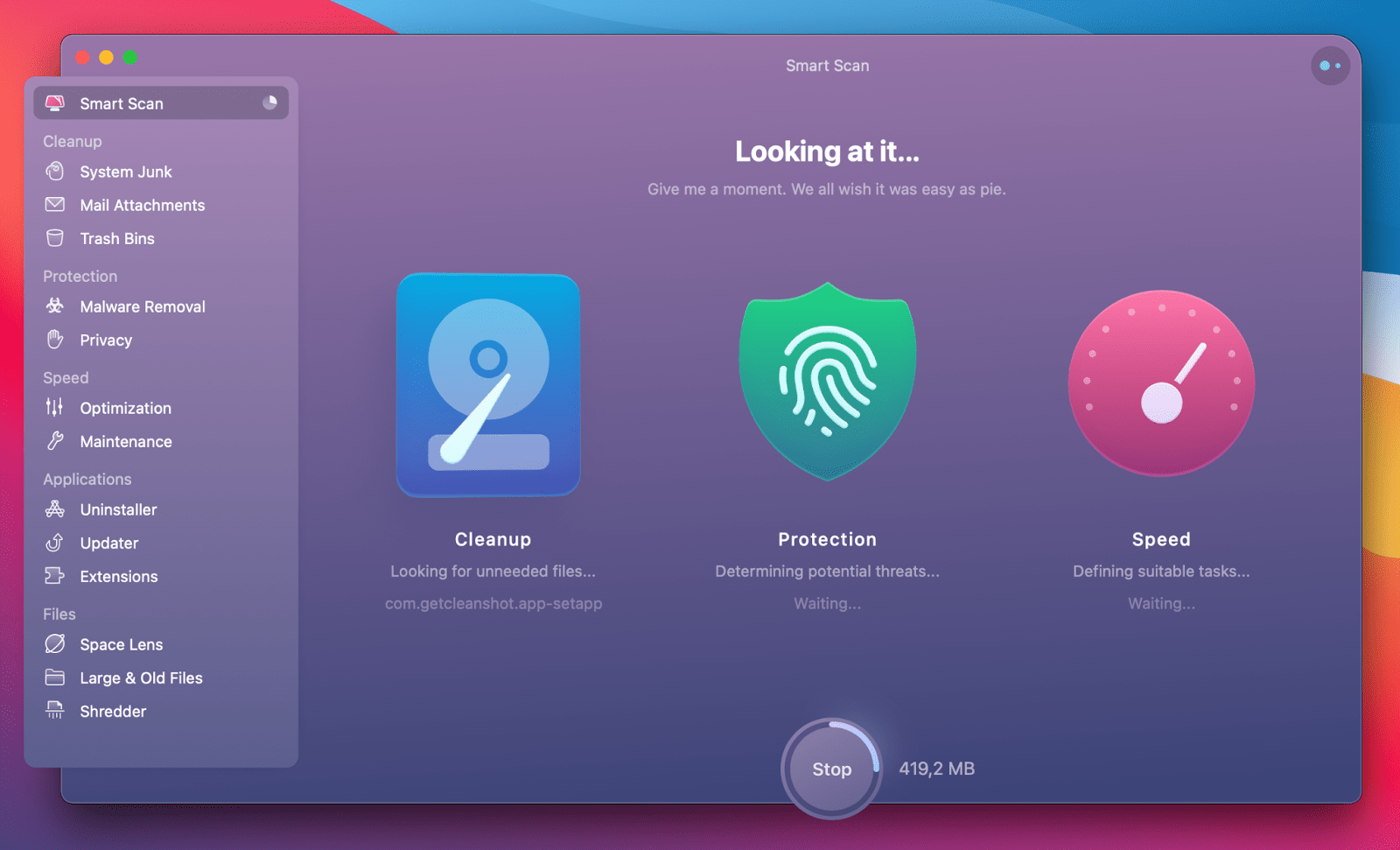

- #How to find virus on mac install
- #How to find virus on mac code
- #How to find virus on mac password
- #How to find virus on mac Pc
- #How to find virus on mac free
You can try Malwarebytes free scanner to check for viruses and malware. If you think you may already have a macro virus (or other type of malware) on your computer, the first thing you want to do is use a virus scanner to check.
#How to find virus on mac install
In general, to help block different types of threats, ensure that you install software updates when they come in and run a quality antivirus/anti-malware program to protect your computer. Likewise, never open any unsolicited email, especially if it carries an innocent-looking document. You can also neutralize common macro virus threat vectors like email attachments by scanning your email with antivirus software and using your spam filter. So, if you do not use macros, you likely would want to ignore a suspicious document’s request to enable macros in order to keep these macro viruses at bay. For example, with Microsoft disabling macros by default to protect users, macro viruses may trick you into enabling them to wreak havoc. Macro viruses may require more vigilance than average viruses. Also noteworthy is the Mac virus that exploited Microsoft Word macros in 2017 mentioned above. The Melissa virus was a more disruptive macro virus, which also attacked Word documents and spread through emails marked “important message.” A judge sentenced Melissa’s creator to 20 months in prison and fined him after the malware impacted thousands of computers, causing over $80 million in damage.

It spread quickly through infected documents and Microsoft CDs, though it wasn't particularly harmful. One of the earlier macro viruses was called Concept. To counter the threat of malicious documents, you can disable the use of macros (if macros are not something you use). Once you open the infected document, it will corrupt your system by piggybacking on other files. What is a Microsoft Word macro virus?Ī macro virus can use Microsoft Word as a vehicle by hiding inside a Word document’s macro. Advanced symptoms include missing data, a computer that won't boot the operating system, and infected emails sent to your contacts without your permission.
#How to find virus on mac password
You may also see more subtle symptoms like unexplained error messages, uncharacteristic password requests from files, and documents with strange extensions. How does a macro virus affect the computer?Ī macro virus can affect a computer’s performance by slowing it down, crashing programs, or forcing the blue screen error. It would check for the Mac outgoing firewall called Little Snitch before attempting to install a second-stage component. In fact, in 2017, security researchers found a macOS virus that may have had spyware-like capabilities. But, yes, Macs can get viruses, even macro viruses, because macro viruses attack software independent of the operating system (OS). There’s a popular misconception that Macs can’t contract a malware infection, partially thanks to Apple’s 2006 marketing strategy. It also uses deception like a Trojan to spread by hiding under seemingly legitimate files. However, much like Trojan horse malware, a virus can deliver other malware to your system.

Like a regular computer virus, a macro virus needs human interaction to activate. What are the characteristics of a macro virus?Ī macro virus shares the traits of a typical computer virus. Once a macro virus is part of the automated process of a macro, it only needs you to activate the files or enable the macro to potentially perform any of the following actions: It can also infect content like ActiveX controls or COM add-ins.
#How to find virus on mac code
Like a typical virus, a macro virus operates by injecting its code into macros attached to the type of popular data files associated with office work, like Microsoft Word, Excel, or PowerPoint files. Unfortunately, the language is also vulnerable to the macro virus. This programming language is handy because it allows users to automate tasks into a few keystrokes and enhance workflow. In terms of cybersecurity, a macro virus is a kind of virus that’s written in macro, a programming language rooted inside software applications like Microsoft Office. So, let’s learn more about these macro viruses.
#How to find virus on mac Pc
However, there is a subset of PC viruses that can be hard for default security tools to detect or remediate, and that shares characteristics with more threatening types of malware. For the other, your operating system's baked-in security software can stop most viruses with signature-detection technology.

For one, while viruses can be destructive to our data, they can’t hijack our computers for ransom or snoop on us. With malware like ransomware, spyware, computer worms, and certain Trojan horses attacking our privacy and financial security, legacy threats like viruses have taken a backseat for a few reasons.


 0 kommentar(er)
0 kommentar(er)
